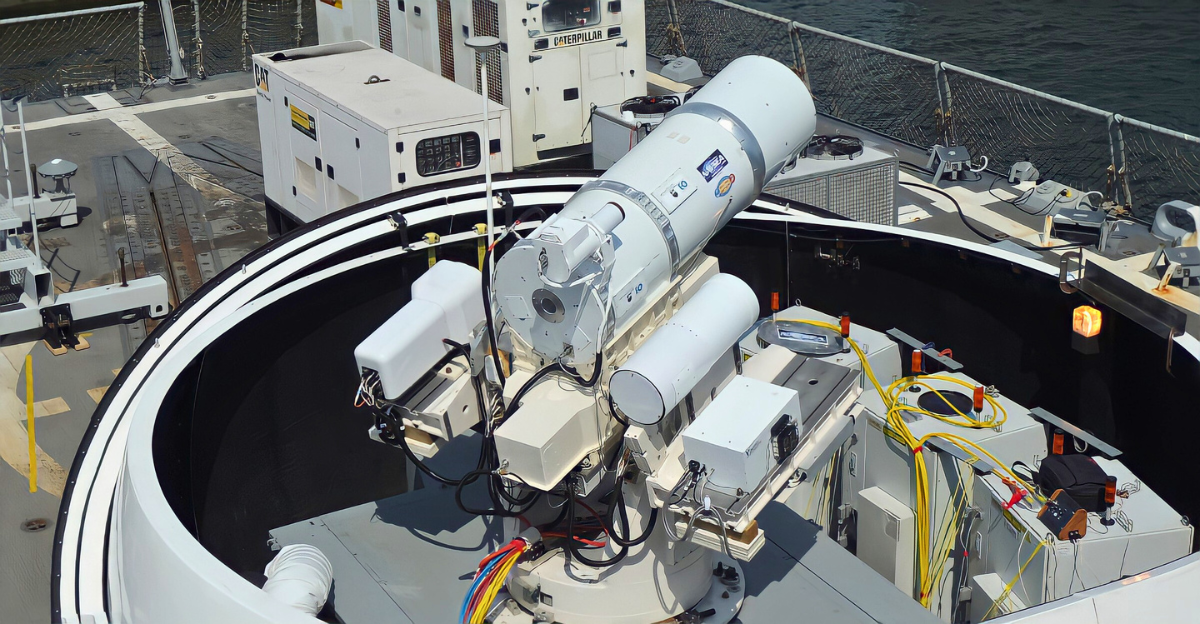
In the late 20th century, military laser technology was hailed as a potential game-changer. Yet, tests during the 1980s and 1990s demonstrated disappointing results, as laser systems struggled to engage missiles or aircraft effectively. Billions were invested, but “significant sums disappeared with disappointing results,” U.S. defense sources noted, highlighting the growing doubts.
The laser prototypes failed to meet crucial criteria like speed, power, and accuracy, leaving many defense planners disillusioned. “Back then, we thought lasers could revolutionize warfare, but the reality hit hard,” reflected one defense analyst familiar with the era’s ambitious projects. This marked the beginning of a complex journey.
A Costly Stalemate
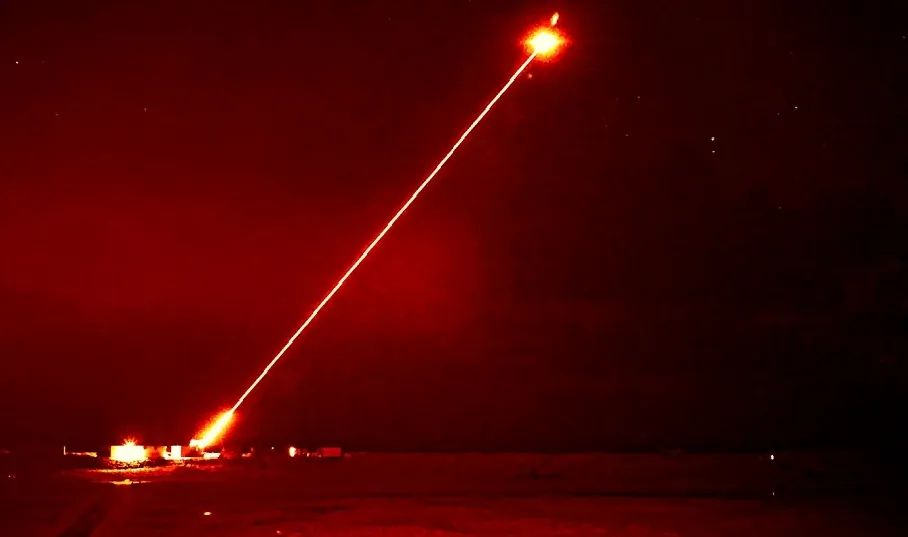
The U.S. Department of Defense was entangled in a costly stalemate as the new millennium approached. Billions spent on operationalizing laser weapons resulted in multiple program cancellations before 2015 due to persistent technical barriers. Researchers lamented “overpromising and undelivered readiness,” causing disillusionment throughout the military.
Many ambitious projects never transitioned from laboratory success to real-world utility. “It was tough for those of us working on the projects,” shared a former researcher. “Seeing our hopes vanish was disheartening.” This stagnation created a focus on traditional weaponry, even as the threats evolved and the sophistication of enemy capabilities continued to increase.
The Laser Race Begins
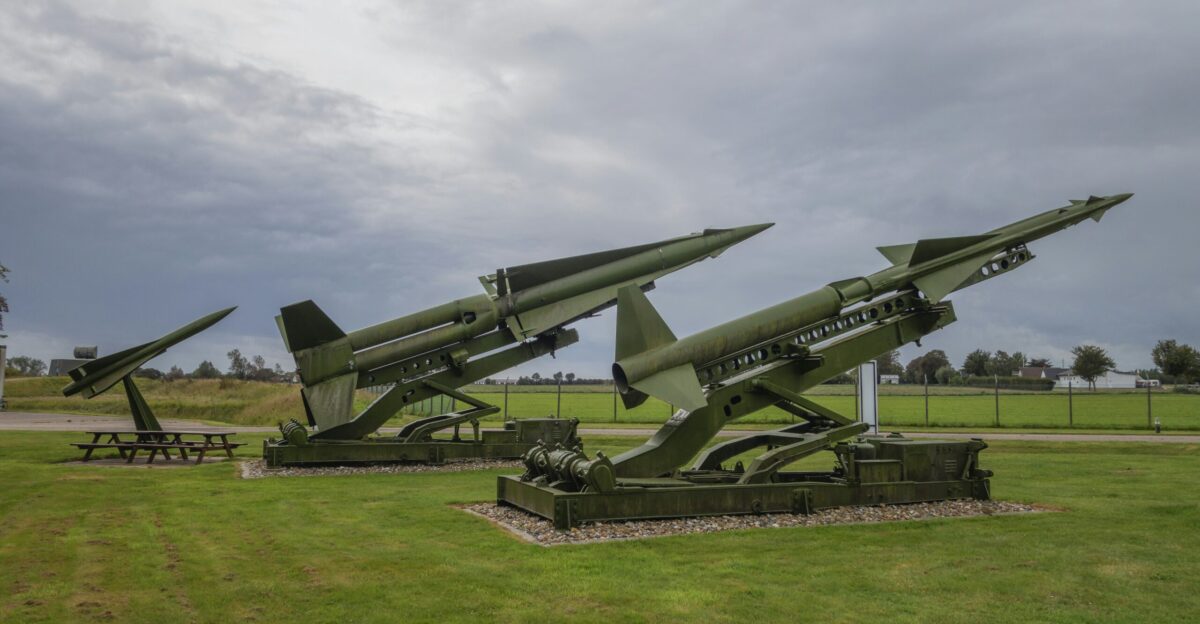
The late 1970s marked a turning point, igniting global investment in high-energy directed energy lasers for defense. Nations envisioned lasers that could turn off enemy missiles or equipment mid-flight, revolutionizing combat scenarios. However, optimism faced hard truths.
One military technologist explained, “We had grand hopes, but power generation, cooling systems, and precision targeting presented formidable obstacles.” These challenges stymied development for decades, clarifying that while the laser concept was compelling, actual implementation was riddled with complications. As the global race intensified, it became evident that overcoming these limitations would take far longer than expected, leaving many skeptical.
Mounting Pressure
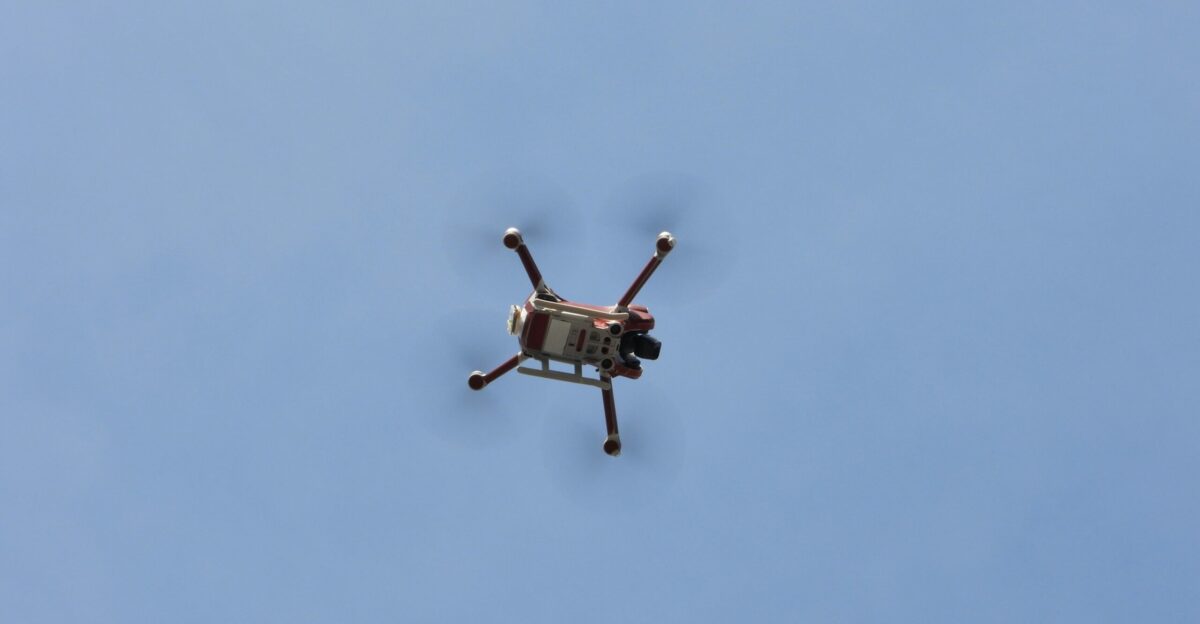
The evolving landscape of warfare placed increased pressure on militaries around the globe. By 2010, threats from smaller drones and advanced missile technologies highlighted the limitations of conventional projectiles. Defense planners urgently recognized that faster technological innovations were needed. “We realized traditional weapons couldn’t keep up with emerging threats,” admitted a defense strategist involved in planning.
This realization fueled further investment in laser weapon systems, underscoring the urgency for breakthrough solutions. As the arms race accelerated, nations scrambled to find viable answers to an increasingly complex battlefield, sparking renewed interest and investment in capable alternatives that could address these growing challenges.
Transformative Breakthrough

In 2023, a transformative breakthrough occurred: the U.S. Army successfully fielded a mature laser weapon for air defense. This pivotal moment marked a dramatic shift after decades of setbacks and missteps. Advanced prototypes showcased accurate and cost-effective targeting of incoming threats, proving their battlefield effectiveness for the first time.
“This is a game-changer for us,” stated an army officer involved in testing the new system. “We can intercept threats more efficiently and protect our troops.” As the military viewed this success as a turning point, confidence returned in the potential of laser systems to redefine modern warfare.
On the Front Lines

With the successful deployment of mature laser systems, modern battlespaces like Ukraine and the South China Sea are now experiencing a significant shift in defense capabilities. Reports reveal that these advanced laser weapons intercept drones, artillery shells, and enemy sensors, providing military forces with options previously unseen.
“These systems really give us an edge,” a soldier stationed in Ukraine noted. “We can neutralize threats without risking as many resources.” The ability to respond quickly and efficiently reflects a new chapter in military operations, with laser technology rapidly becoming integral to modern military strategies worldwide.
Witnessing Change
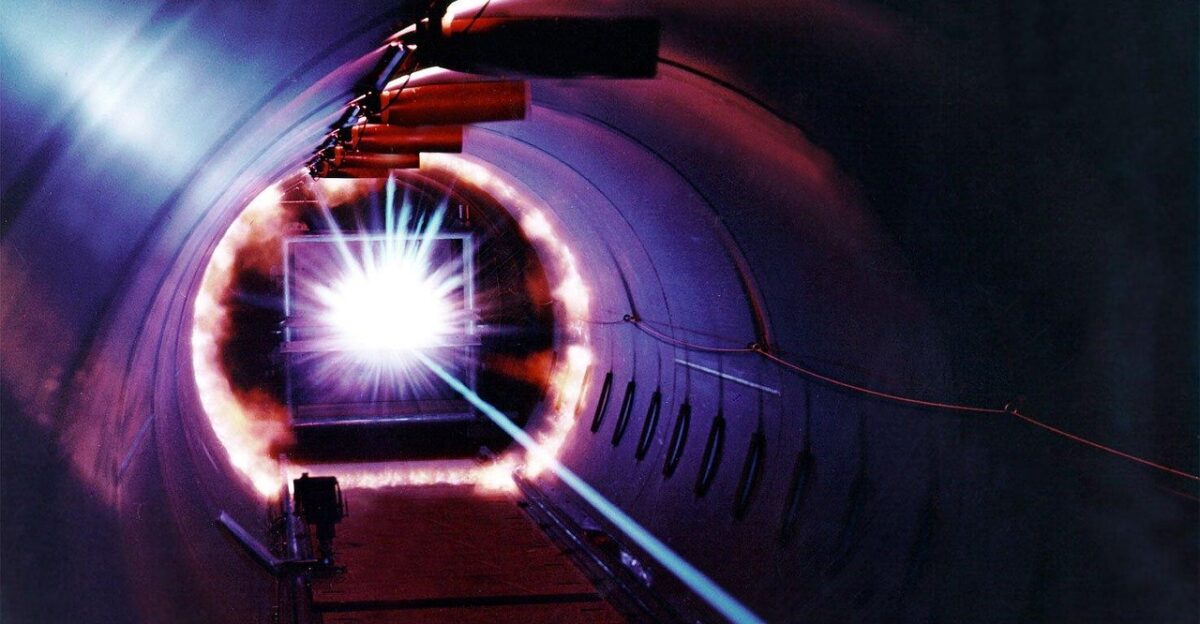
“Lasers are reshaping warfare,” remarked defense analyst Anne Corbett during a recent evaluation of the U.S. Army’s laser systems. Soldiers on the ground described the new technology as “game-changing.” The enhancements enable rapid responses at lower costs, improving troop safety and operational effectiveness.
“It’s unbelievable to witness how this technology evolves right before our eyes,” shared a unit commander familiar with the new systems. As military personnel experience firsthand the advantages these advanced defenses bring, the transformative potential of laser technology continues to capture attention, heralding a new era in combat readiness.
Global Competitors Accelerate
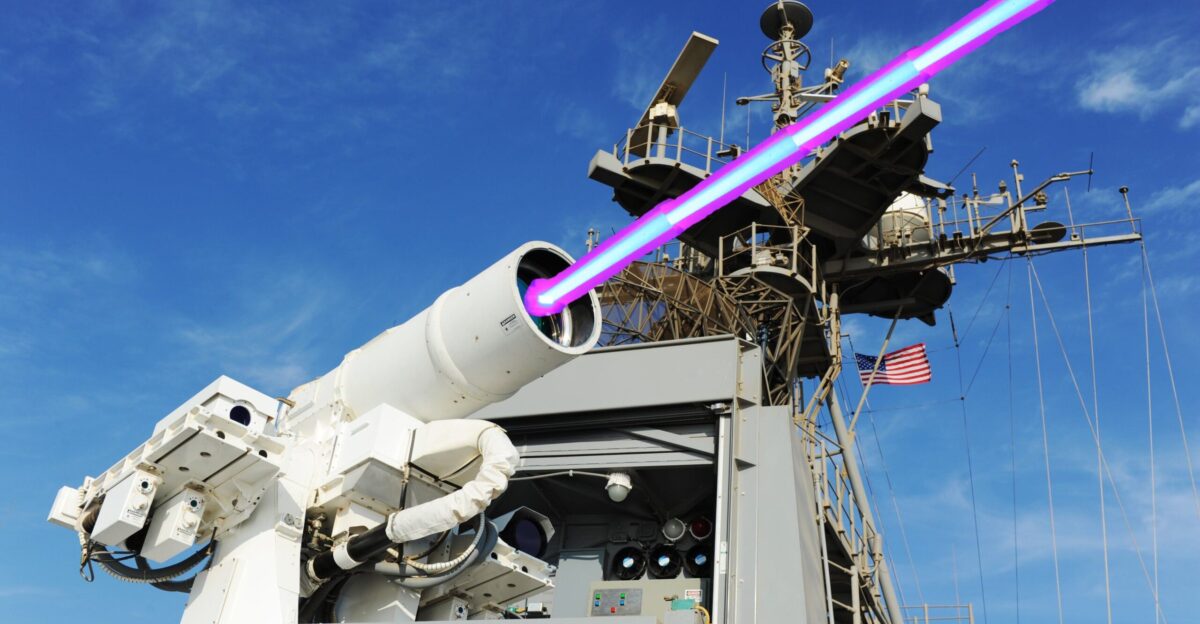
The rise of laser technologies has not gone unnoticed. China and Israel aggressively invest in laser air defense programs, intensifying global competition. The Chinese Academy of Military Science has redirected resources towards developing counter-drone lasers, indicating a strategic shift, while Israel’s Iron Beam system entered active service in 2024.
“We have to be ready for anything,” a military official from Israel stated. “Every advancement on our side pushes others to innovate.” As nations race to harness this technology, the contest for military superiority continues to heat up, making laser systems a focal point of defense strategies across the globe.
Tactical Shifts
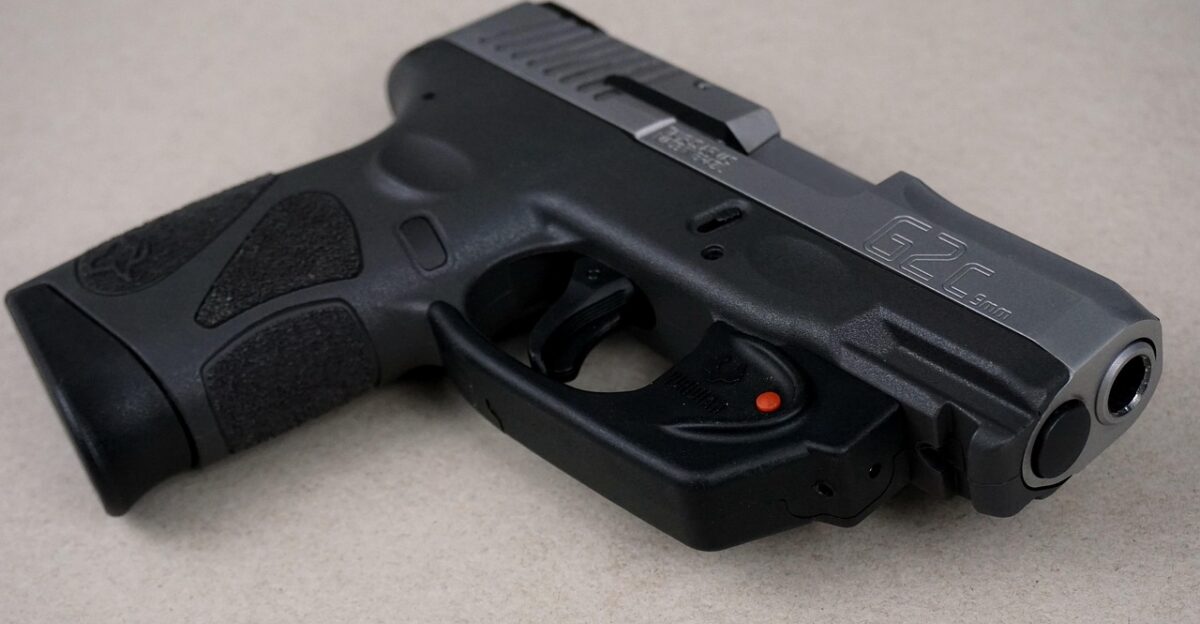
As laser weapons mature, experts and military strategists are beginning to view them as essential assets for force protection and missile defense. Their success pushes the boundaries of existing military technology, leading to innovative developments. “We are just scratching the surface of what’s possible,” said an army researcher closely following advancements.
Miniaturization projects have paved the way for integrating lasers into armored vehicles, ships, and drones, enhancing operational flexibility worldwide. Underlying this evolution is the understanding that tomorrow’s conflicts will demand sophisticated and versatile solutions, and laser technology stands at the forefront of this transformation.
Ethical Ramifications
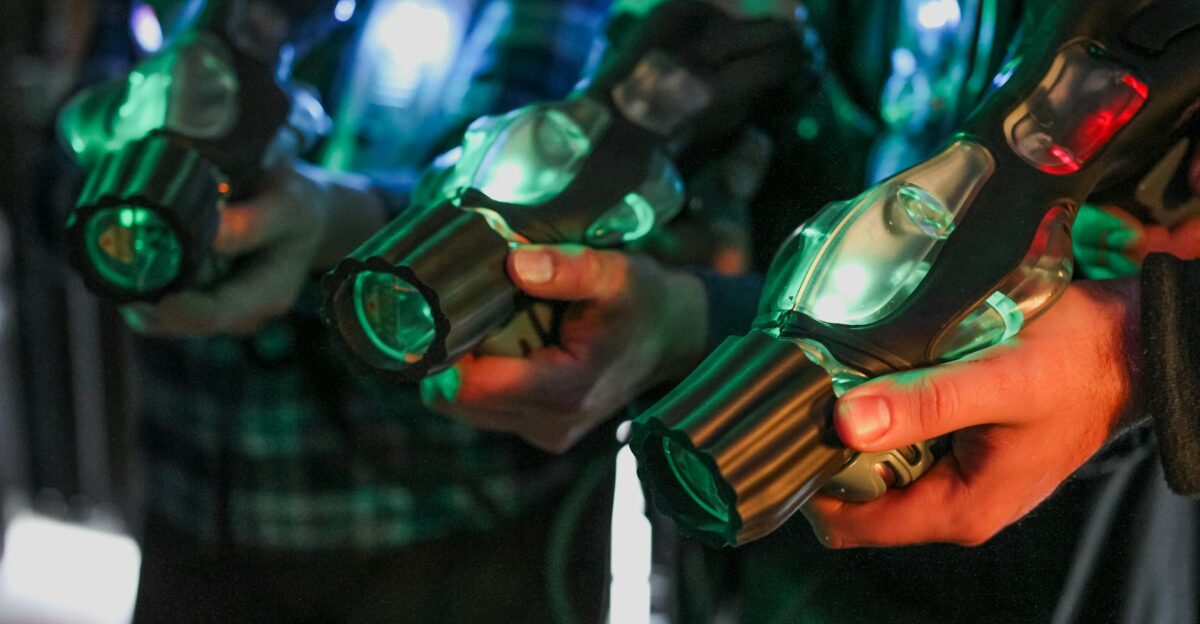
While the promise of miniaturized laser weaponry grows, so do the ethical concerns regarding its deployment. Humanitarian groups have raised alarms about the potential threats lasers pose to civilian infrastructure and human safety. “We need to be cautious,” warned a representative from an international NGO.
“These technologies could have grave implications if misused.” The pressing need for legal oversight and guidelines becomes more critical as military forces explore the boundaries of these capabilities. As laser applications expand, the balance between military efficiency and ethical considerations plays an increasingly vital role in shaping the narrative around their use on the battlefield.
Internal Skepticism
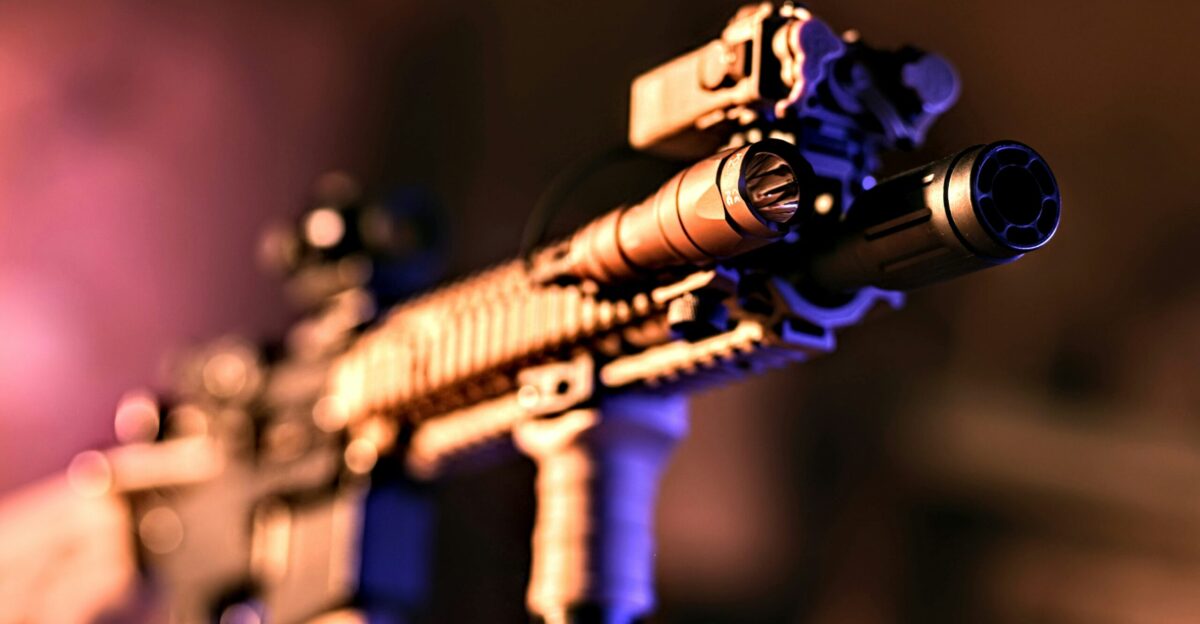
Despite the breakthrough in laser technology, skepticism persists within military circles. Some officers caution against overreliance on high-energy laser systems, pointing out reliability and weather limitations. “We’ve made significant progress, but there’s still work to do,” reflected Colonel James Franks, a veteran officer involved in testing.
His words echo the broader sentiment that while optimism is warranted, the battlefield’s unpredictability requires a balanced approach. This internal scrutiny highlights the ongoing challenges and the need for continuous improvement as military forces navigate the evolving landscape of laser weapon capabilities.
Shifts in Ownership

Traditionally, major defense projects were government-run; however, the landscape has changed dramatically. Defense contractors like Lockheed Martin and General Atomics have taken the lead in laser weapon development, outpacing earlier joint efforts. “It’s refreshing to see the private sector stepping up,” noted an industry analyst.
“They bring innovation and efficiency that governments can’t always replicate.” These companies now supply prototype and field-ready systems to Western militaries, showcasing a shift towards privatized development in the defense sector. This change is critical in expediting advancements in laser technology, making capabilities more accessible to military planners.
Integrating Strategies
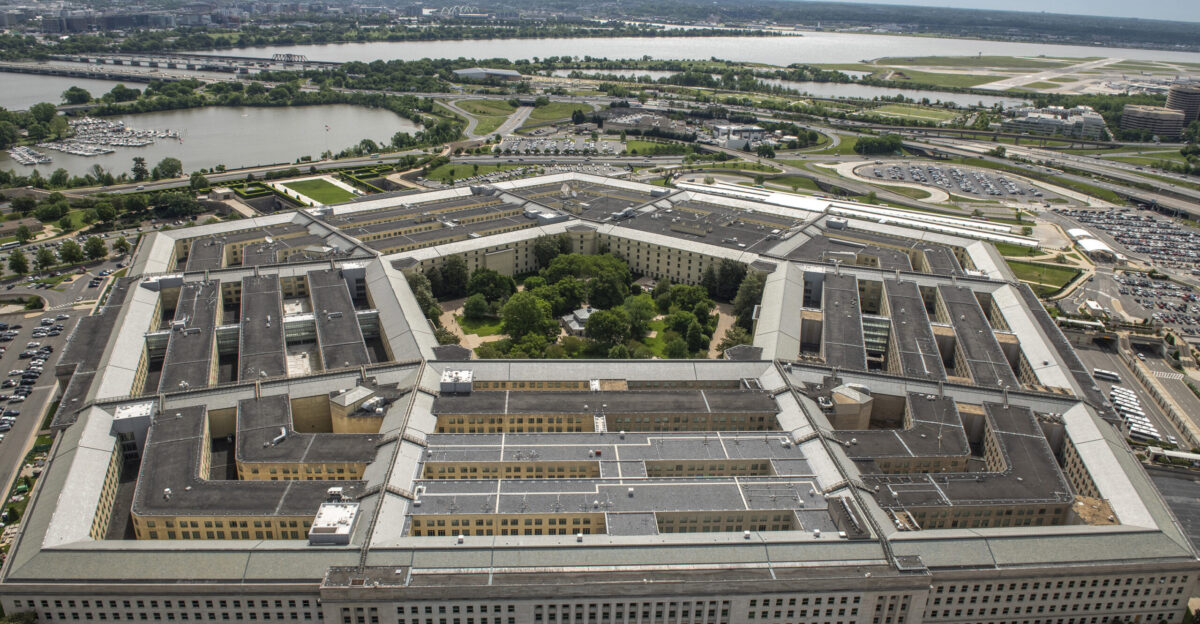
In light of recent successes, the Pentagon is refocusing its strategy on integrating laser systems with conventional defense arsenals rather than simply replacing existing weaponry. “We’re looking at layered defenses,” explained a defense planner.
“Lasers complement missiles and guns, creating a more resilient approach.” This strategic comeback acknowledges the necessity of combining old and new technologies to optimize defense capabilities. As emerging threats loom, the ability to adapt and evolve these systems through integration will be crucial for maintaining military effectiveness and readiness in increasingly complex operational environments.
The View from Critics

Not all perspectives on laser weaponry are optimistic. Independent critics urge caution, drawing attention to the vulnerabilities that still exist. “Lasers are not a catch-all solution,” a national security expert warned.
“Adversaries are developing countermeasures, and environmental factors like dust and rain can block beams.” These voices serve as a reminder that while advancements are impressive, they come with limitations that should not be overlooked. The call for a balanced and realistic appraisal of laser capabilities emphasizes the need for ongoing assessment and vigilance as military technologies evolve.
Questions for Tomorrow
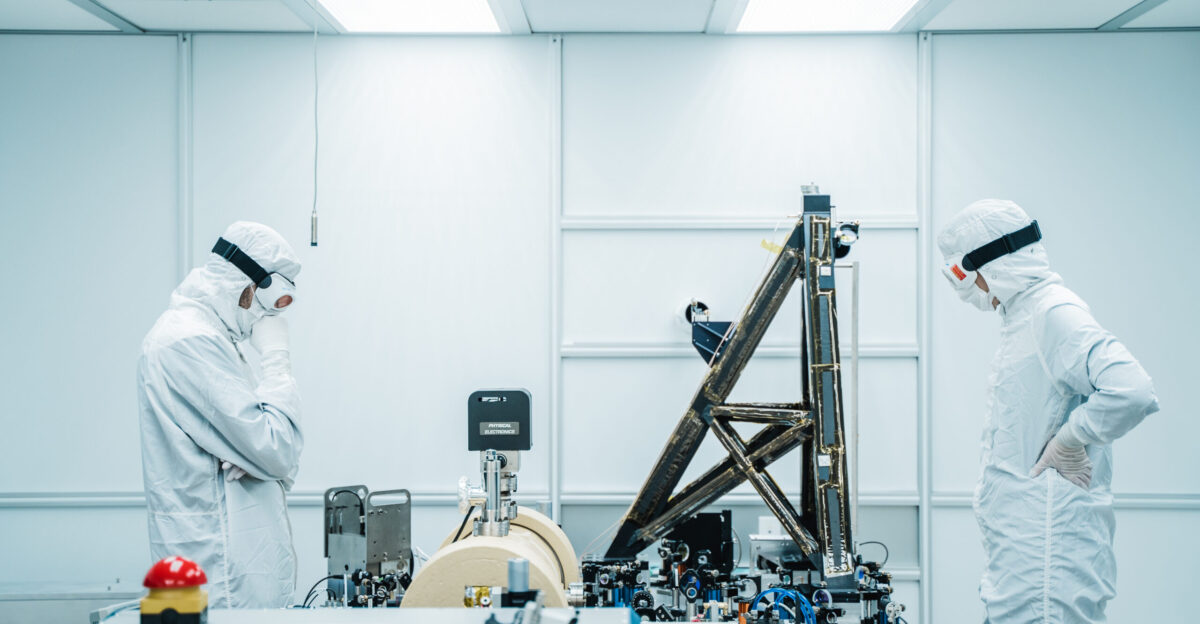
As defense ministries pivot toward laser technologies, pressing questions remain about their long-term viability. How far can lasers go in terms of power and effectiveness? Will advancements in energy sources eliminate limitations from weather conditions, or will countermeasures keep pace with innovations? “These questions are at the forefront of military innovation,” noted a defense researcher.
“How we answer them will shape the future of warfare.” Exploring these uncertainties underscores an ongoing quest for improvement and adaptation, reflecting a commitment to ensuring that military capabilities can grow and evolve with emerging challenges.
Opportunities for Enhancement
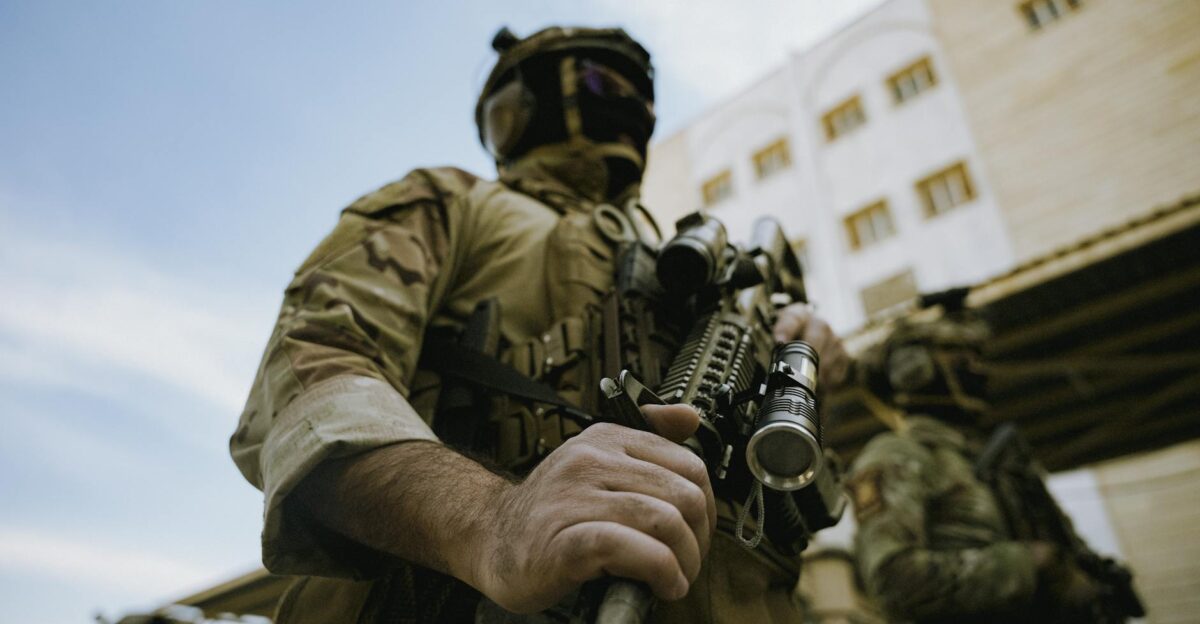
There is an ever-growing recognition of the need for continuous enhancement in laser weapon systems. As laser effectiveness becomes more critical, military research focuses on power efficiency and portability. “Understanding these parameters is essential,” commented an industry engineer involved in advanced laser development.
The military’s ability to enhance these systems will be vital for future operational success. As necessities evolve, so must the technology, creating new opportunities for innovation while ensuring overall reliability and effectiveness in modern combat scenarios.
Training and Preparedness
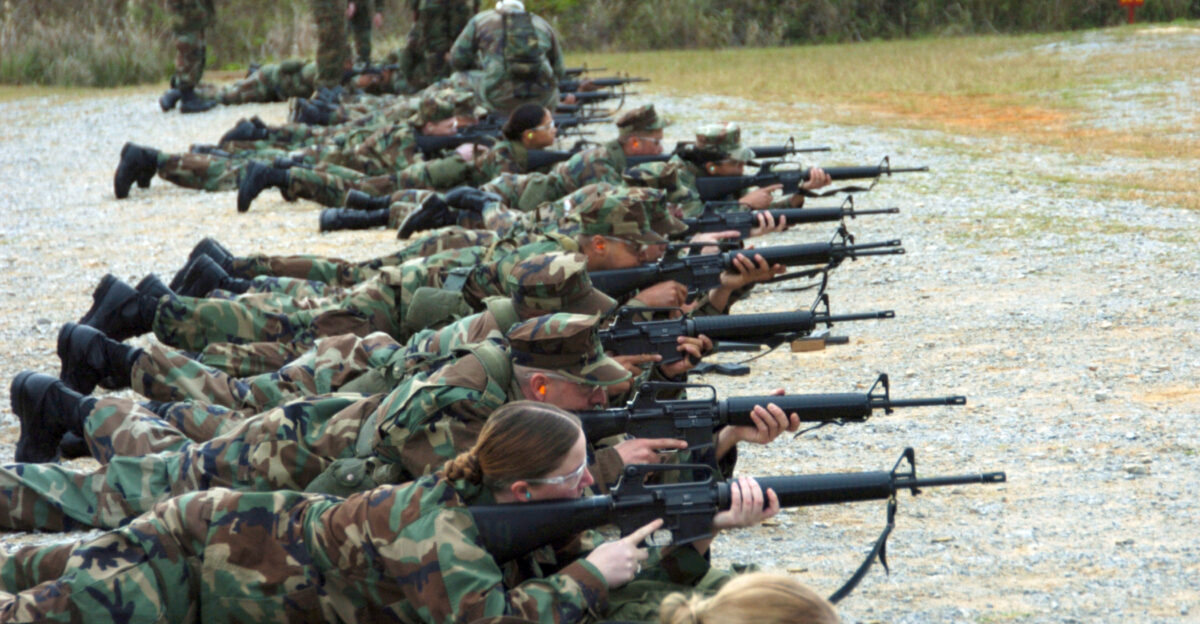
As laser weapons see widespread deployment, military training programs must adapt to incorporate this new technology. “Equipping our soldiers with the knowledge to utilize these systems is paramount,” asserted a training coordinator focusing on newer technologies.
Practical training ensures that personnel understand the capabilities and limitations of laser systems, ultimately enhancing operational effectiveness on the battlefield. By adequately preparing troops for real-world applications, military forces can fully leverage laser technologies, marking a transition in how engagements are executed in increasingly complex environments.
The Role of AI

Artificial Intelligence (AI) is poised to play a crucial role in enhancing laser weapon effectiveness. “AI can help automate targeting and improve response times,” stated a research scientist specializing in defense technologies. Military planners anticipate improved engagement protocols and decision-making processes during conflicts by combining AI with lasers.
This integration promises to refine operational capabilities, allowing forces to respond more dynamically and efficiently to evolving threats. The convergence of these technologies may redefine how military strategists approach offense and defense in future engagements.
Implementation Challenges
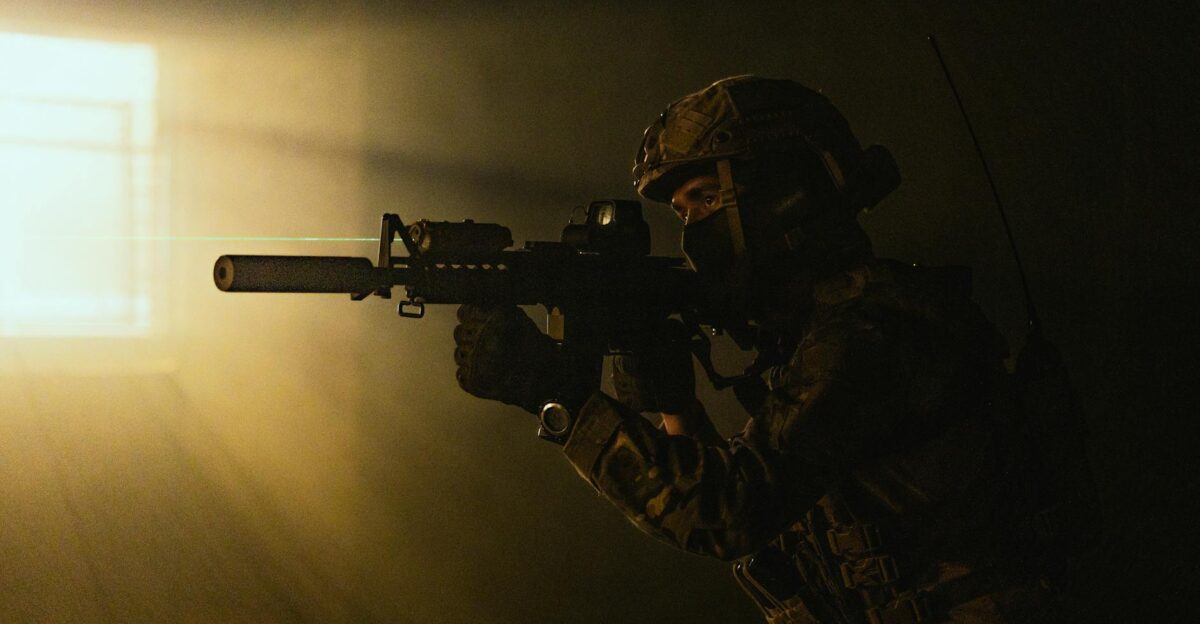
Despite significant advancements, the journey toward mass adoption of laser weapons is fraught with challenges. Hurdles remain, from integration with existing systems to the need for robust infrastructure. “We must address these implementation challenges carefully,” cautioned a defense logistics expert.
These considerations are pivotal for ensuring that new technologies can seamlessly be incorporated into military operations. A comprehensive understanding of the logistics, costs, and training requirements involved will be crucial for successful implementation and maximizing laser technology’s potential benefits.
The Future of Warfare
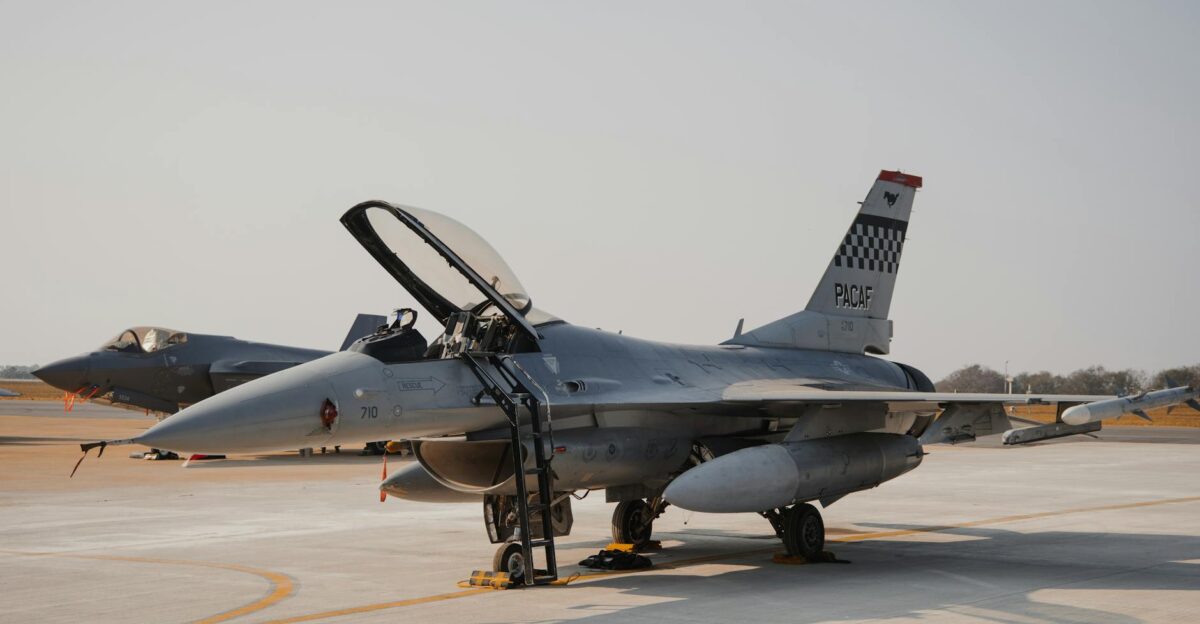
As the warfare landscape continually evolves, laser systems are pivotal in shaping military strategies worldwide. Promising enhanced agility, precision, and effectiveness, the future remains bright for laser technologies. “We are on the brink of something transformative,” stated a defense strategist.
Continued innovation and adaptation will ensure that laser weaponry remains at the forefront of military capabilities, redefining engagements in an ever-more complex global battlefield. The ongoing exploration of laser potential and operational integration symbolizes a broader shift in how nations prepare for and engage in warfare in the years to come.